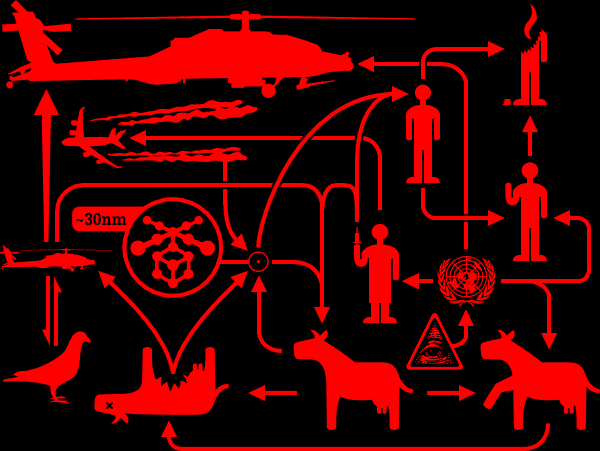|
|||||||
| Coffee Lounge Talk amongst other community members. |
 |
|
|
LinkBack | Topic Tools | Rate Topic |
|
|||
|
Fun facts with pbreak
Did you know that a single cow releases ~ 35L of methane per day through the anus (the well known flatulation), but surprisingly releases MUCH more, 185 L/day through the mouth (the less well known process of eructation, related to, but not the same as belching, i think).
That's over 200L of methane per day, per cow. We really need to tap into that energy source. ps. sorry if I've wasted some of your life with the above, i was getting bored while studying. but really since you're on fnk, you're wasting your life anyway. |
|
|||
|
Quote:
Most animals, birds, fishes and insects also fart, although I have a hard time imaging an ant farting. The average human releases 0.5 to 1.5 litres of flatus in 12 to 25 episodes throughout the day. Hardly the 200L a cow can produce... cow's are just better than us at producing gas :( The primary constituents of flatulence (collectively known as flatus) are the non-odorous gases nitrogen (ingested), oxygen (ingested), methane (produced by anaerobic microbes), carbon dioxide (produced by aerobic microbes or ingested), and hydrogen (produced by some microbes and consumed by others). Odors result from trace amounts of other constituents (often sulfuric, see below). Nitrogen is the primary gas released. While methane is popularly associated with flatulence, evidence suggests that two-thirds of all humans do not release methane at all in their flatulence (stupid_brdr). Methane and hydrogen are flammable, and so some flatulence is susceptible to catching fire. Gas released mostly has a foul odor which mainly results from butyric acid (rancid butter smell) and sulfur compounds such as hydrogen sulfide (rotten egg smell) and carbon disulfide that are the result of protein breakdown. Aerosolized particles of feces are also present in flatus, though in miniscule amounts - now that's a fact I could've done without. Intestinal gas comes from exogenous (90%) and endogenous (10%) sources. Exogenous gas is air that is ingested through the nose and mouth. Endogenous gas is produced within the digestive tract. So most of your farts are actually just swallowed air. Now if anyone would like to know anything more about releasing gasseous material from orifices, then you have a serious problem. |
|
|||
|
Quote:
At the same time though, areas (like Alberta and Texas) that traditionally produce lots of cattle, also produce lots of oil, whose production (along with landfills and coal mines) are the major sources of methane as a greenhouse gas. Agriculture is an important part of the production of this gas, but still a fairly small one in comparison to other sources. My suggestion is to tap those mouths and anuses and forget about drilling for natural gas - this way we get rid of some methane from the air and avoid polluting the oceans (via drilling) by using a resource that's readily available. Point being though, all you vegetarians could help the environment a LOT more by not driving to work instead of not eating a steak. If you already don't drive, well, then I'm just going to shut up because you win. |
|
|||
|
I stating the information in such a way so that certain people of this board wouldn't go off on me about pushing vegetarianism as they seems to do, even though I'm not... as it's just a fact!
Agreed that it would be a great to utilize this resource, humanely of course. PS. I WIN. |
|
|||
|
|||
|
Methane Hydrates
of particular intrest: Quote:
|









